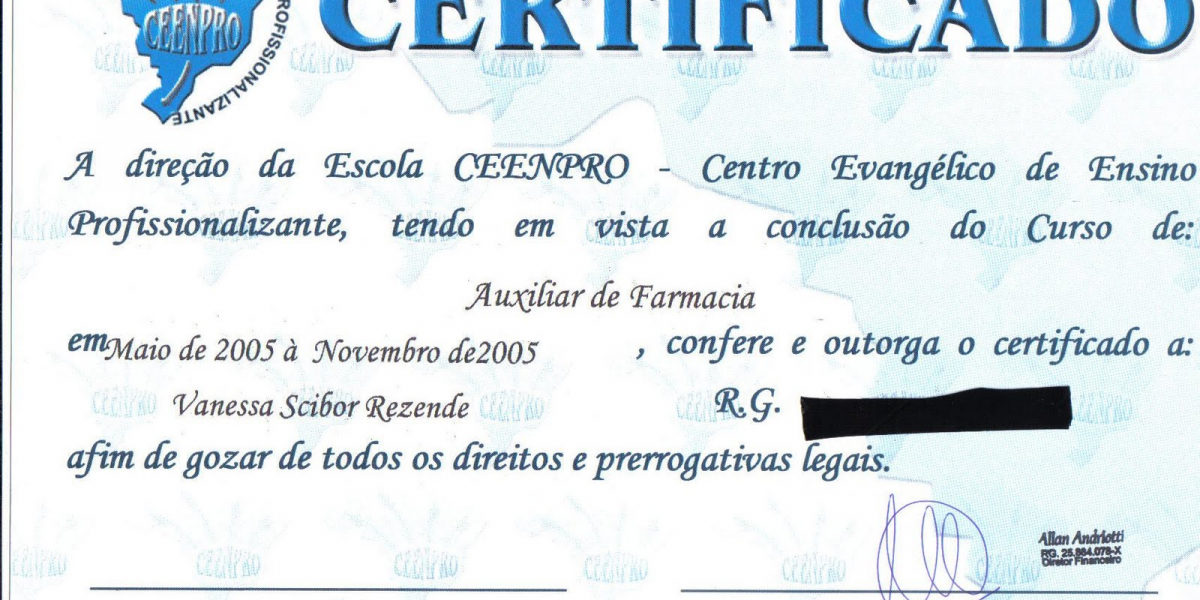As industries worldwide work toward sustainability, one of the most pressing challenges remains reducing the environmental impact of packaging materials. Traditional packaging materials, such as plastic, contribute significantly to carbon emissions, pollution, and waste. However, innovative materials like molded paper are increasingly being seen as an effective solution to these issues. Molded paper, often made from recycled paper or other fibrous materials, has emerged as a sustainable alternative to plastic and Styrofoam in packaging. This article explores the role of molded paper in reducing carbon footprints in the packaging sector, focusing on its environmental benefits, production processes, and industry applications.
What is Molded Paper and How Does It Work?
Molded paper is a type of packaging material created through a molding process that uses water, paper pulp, and natural fibers. It’s widely recognized for its use in packaging products like electronics, food, and cosmetics. The process begins with the creation of paper pulp, which is typically derived from recycled paper, wood fibers, or agricultural waste. This pulp is then formed into specific shapes and allowed to dry, resulting in a lightweight yet durable material. Molded paper products are highly customizable, able to fit a wide range of product shapes and sizes.
The main advantage of molded paper over conventional packaging materials lies in its composition. Made primarily from renewable and recyclable materials, molded paper has a significantly lower environmental footprint compared to plastics and other non-biodegradable substances. Additionally, molded paper is fully biodegradable, meaning that it can decompose naturally without contributing to long-term pollution. By shifting to molded paper, businesses can not only reduce their carbon emissions but also offer customers an eco-friendly alternative that aligns with growing consumer demand for sustainable products.
Molded Paper Production and Its Environmental Impact
The production of molded paper involves several key steps, from sourcing raw materials to the final molding process. One of the primary benefits of using recycled paper as a base material is that it reduces the need for virgin wood fibers, which in turn minimizes deforestation. This sourcing process directly contributes to a lower carbon footprint in comparison to other packaging materials, especially plastics that rely on petrochemical extraction. Moreover, the energy required to produce molded paper is generally lower than that needed for plastic manufacturing, further reducing its carbon emissions.
Additionally, the water usage in molded paper production is relatively low, especially when compared to the water-intensive processes associated with plastic and Styrofoam production. As molded paper is predominantly made from recycled paper, its environmental impact in terms of water and energy consumption is significantly reduced. The biodegradability of molded paper also contributes to its sustainability, as it avoids the long-lasting pollution associated with plastic packaging that can take centuries to break down. The combination of these factors positions molded paper as a valuable material in the fight against climate change and environmental degradation.
Reducing Carbon Emissions with Molded Paper Packaging
Molded paper's role in reducing carbon footprints is most evident in the reduction of carbon emissions during its production and lifecycle. One of the primary concerns in the packaging industry is the carbon footprint of production, with plastic and Styrofoam being major contributors. The manufacturing of these materials involves high levels of energy consumption and releases significant amounts of carbon dioxide into the atmosphere. In contrast, molded paper has a considerably lower carbon footprint, primarily because it uses renewable and recycled materials that require less energy to process.
In addition to lower production emissions, molded paper packaging also has an advantage when it comes to transportation. Molded paper is typically lighter than other packaging materials, which means that it requires less energy to transport. This reduction in weight translates into a decrease in carbon emissions from transportation, making molded paper a more eco-friendly choice throughout the product lifecycle. As businesses and consumers alike seek ways to lower their carbon footprints, the adoption of molded paper packaging offers a clear path toward reducing emissions in the packaging sector.
The Role of Molded Paper in the Circular Economy
The shift towards a circular economy, which focuses on recycling, reusing, and minimizing waste, is one of the key drivers behind the increasing popularity of molded paper. Molded paper is fully recyclable and biodegradable, which fits perfectly into the circular economy model. Once used, molded paper products can be recycled into new paper or composted, helping to close the loop on packaging waste. This stands in stark contrast to plastic packaging, which often ends up in landfills and takes hundreds of years to decompose.
Molded paper's ability to fit into the circular economy is also enhanced by its recyclability and minimal environmental impact. The fibers used in molded paper are often derived from renewable sources like recycled paper or agricultural by-products, meaning that the material can be reused multiple times before it reaches the end of its lifecycle. By using molded paper packaging, businesses can not only reduce their environmental impact but also contribute to a more sustainable, waste-free economy. This aligns with global efforts to reduce landfill waste, promote recycling, and shift towards a more circular, sustainable approach to resource use.
Industry Applications and Consumer Demand for Molded Paper Packaging
The versatility of molded paper has led to its adoption in a wide range of industries, from food and beverage to electronics and cosmetics. In the food industry, molded paper is increasingly used for takeout containers, cups, and trays, providing a biodegradable alternative to plastic. The cosmetic and electronics industries also benefit from molded paper’s ability to be customized to fit the shape of their products, offering a protective yet sustainable packaging solution. These industries are key players in the drive toward sustainability, and by opting for molded paper, they are making significant strides in reducing their carbon footprints.
Consumer demand for sustainable packaging options is also on the rise, with many consumers actively seeking out brands that prioritize eco-friendly materials. Companies that incorporate molded paper into their packaging solutions not only reduce their carbon footprints but also align with the growing consumer preference for sustainability. By choosing molded paper, businesses can improve their environmental credentials and cater to an increasingly eco-conscious market, giving them a competitive edge in an industry that is becoming more focused on environmental responsibility. This shift in consumer preferences is pushing companies to adopt greener packaging solutions, and molded paper is at the forefront of this movement.
Conclusion
Molded paper plays a crucial role in reducing carbon footprints in the packaging sector by providing a sustainable, biodegradable alternative to plastic and other harmful materials. Its production process is less energy-intensive, and its use of recycled materials helps to conserve natural resources. Molded paper's ability to fit into the circular economy further enhances its environmental benefits, offering a pathway for businesses to reduce waste and promote sustainability. As consumer demand for eco-friendly packaging grows, the adoption of molded paper is set to become an increasingly important part of the solution to climate change. By making the switch to molded paper, businesses can not only reduce their carbon emissions but also contribute to a greener, more sustainable future.


